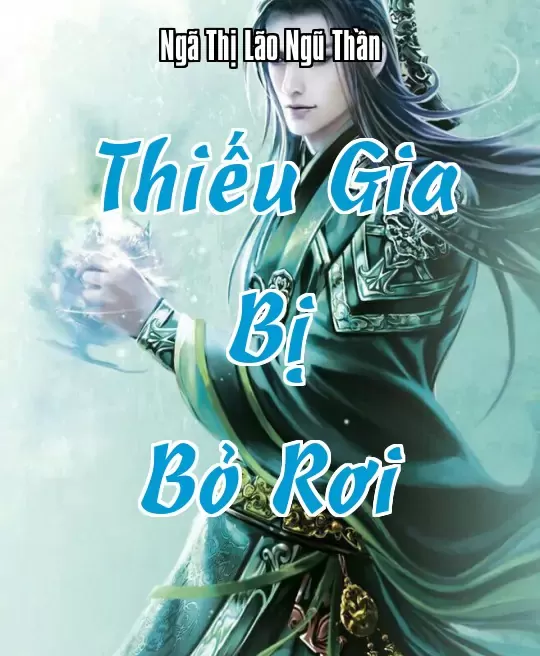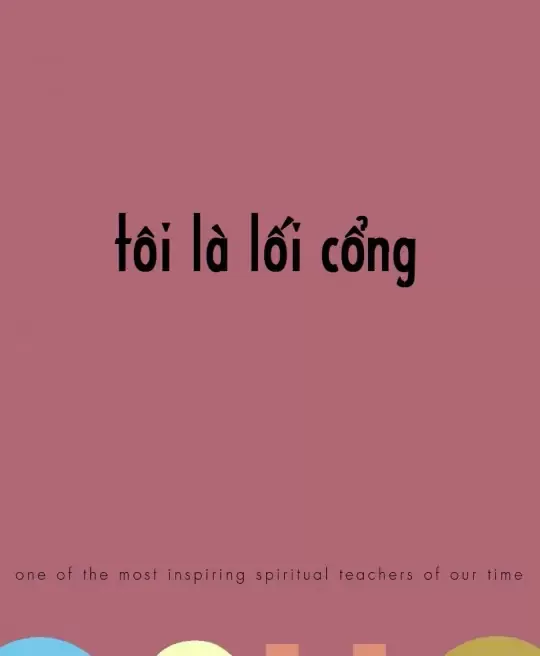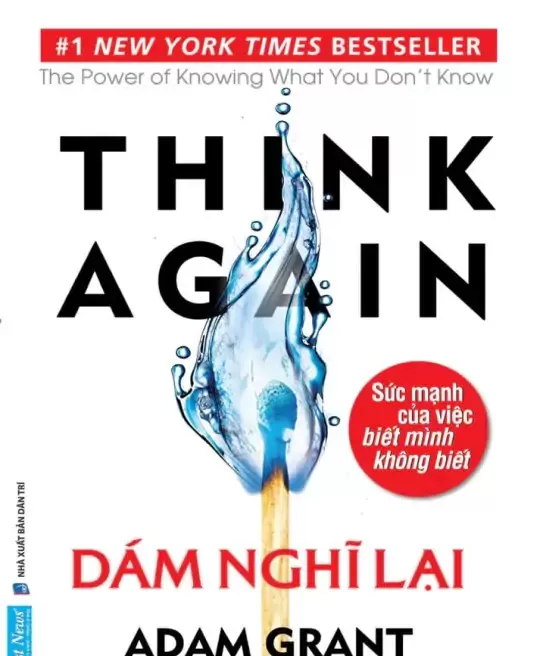Movement and Mini-Stories
I mentioned the importance of movement in earlier chapters. Dr. James
Asher’s total physical response (TPR) system emphasizes the link between
movement and learning. Blaine Ray’s TPRS method (Total Physical
Response using Storytelling) links movement to stories. Effortless English™
uses both systems.
When I do a live event, one of the first things I tell my students is that they
need to make listening to a mini-story a whole body activity. Much of the
power of (listen-and-answer) mini-stories comes from how powerful your
responses are.
In any (listen-and-answer) mini story, you will hear only three types of
sentences. You must respond to each type of sentence in a particular way.
The first type of sentence is a statement. A statement is not a question, but
you should still respond by saying “ahhhhhhhhh.” Remember, stronger
movements and emotions are more powerful, so don’t just say “ahhhh,”
shout it and move your body at the same time. Pretend the statement is the
most interesting information you have ever heard! Nod your head and smile
as you respond.
The second type of sentence is a question you know the answer to. When
you hear this kind of sentence, you want to shout an answer as loud as you
can, using a full body gesture that shows you’re really excited about it.
Exaggerate. Throw your arms up as you shout, “Yes!”
The third and final type of sentence you will hear in a mini story is a
question where you don’t know the answer. As I mentioned previously, in
this case your job is to shout a guess as quickly as possible. As with the other
sentence types, shout your guess loudly and use exaggerated gestures as you
do so.
The combination of speed, shouting, and movement locks in the memory
of the sentence. Instead of just sound, you’re getting sound and movement
and emotions. You’ll need fewer repetitions to remember it. You’ll also start
to connect speaking English to that excited enthusiastic feeling because, at
the same time, you are creating a positive anchor.


